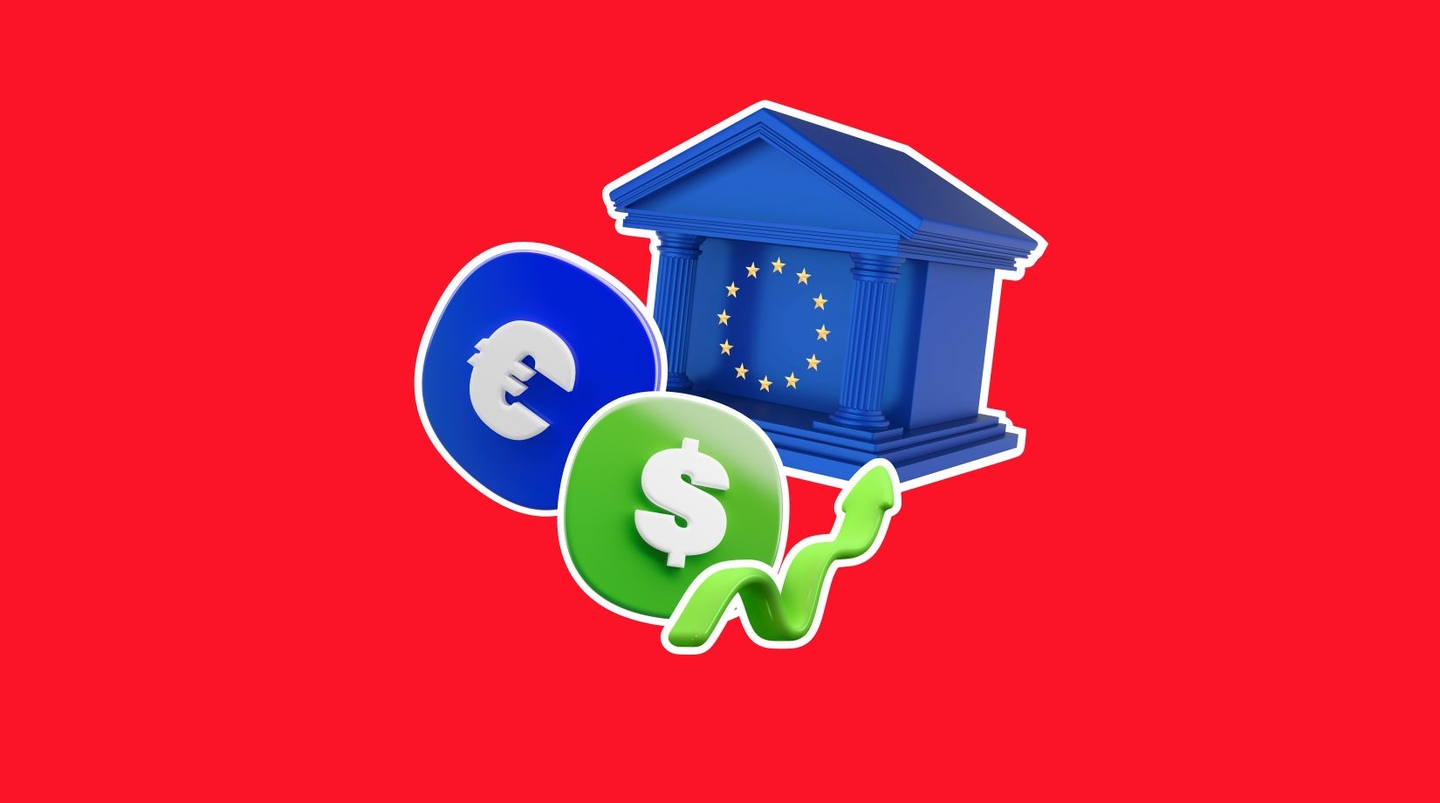Market participants and global economists are focusing their attention on the price of Crude Oil, which continues to rise. Over the past two weeks, the price has risen by 7.80% and by 25% since July. The concern for investors is that the higher commodities prices may apply upward pressure on inflation. This can also influence the EUR/USD and Dow Jones, which will be analysed below. In addition to this, higher commodity prices can also pressure consumer demand and investor sentiment. Economists are evaluating the ripple effects of the price of Oil on inflation. If higher commodity prices indeed trigger inflation, implications can arise for the stock market and ETFs.
The upward trend is due to Saudi Arabia announcing a voluntary extension to the reduction in oil production by 1 million barrels per day until the end of this year. Saudi Arabia is the largest producer of Oil and the move creates serious supply concerns. Other members of OPEC, primarily Russia, will voluntarily reduce production, and these changes are likely to be valid until the end of 2024.
Most economists are advising it is too early to witness that higher prices will cause higher inflation. However, inflation is likely to creep higher if the price rises above $90 per Crude Oil barrel or refuses to decline below $80 per barrel while employment remains resilient. If the Fed starts to indicate interest rate hikes, the stock market, specifically the NASDAQ, can potentially decline. Investors should note that the NASDAQ is known to have a stronger correlation with interest rates. We also can see this in 2022, where the NASDAQ collapsed by 33% throughout the year compared to the Dow Jones, falling only 9.50%.
EUR/USD
The EUR/USD is experiencing plenty of volatility during this morning’s European Cash Market Open, including a quick spike upwards. However, the EUR/USD is in the middle of its eighth consecutive weekly decline. Over the past seven weeks, the exchange rate has fallen just over 5% against the Dollar, 1.35% against the Pound and 1% against the Swiss Franc. However, the price is experiencing bullish price movement against all currencies this morning including a quick and sudden upward spike.
The bullish spike at the opening of the Euro session results from Mr. Klass Knot’s comments, the President of the Netherlands Central Bank. Mr. Knot, advises the market may be wrongly priced and underestimates the chance of a hike in September. Of course, investors keep in mind that European Inflation remains high. Certain states continue to experience upward pressure, such as Spain, France and even Germany, which is barely experiencing a decline. According to Mr. Knot, there is still a need for further interest rate hikes. Though most economists believe that the ECB will likely hold at the next meeting, there is a considerable chance of 1 more hike in 2023. Hence, the Euro is higher this morning, and European equities have fallen.
The question remains if the Euro can hold onto gains; the answer depends on how investors believe the ECB members regarding another hike. The issue that investors are pointing to is that Germany, the largest economy in the EU, is turning out to be the “sick man” of Europe. This morning’s Manufacturing Orders for Germany fell by more than 11% which is a serious concern. Investors are questioning whether the ECB will hike while economic data deteriorates. Potentially this is why the Euro is struggling to hold onto the 0.25% gain from the market open.

The US Dollar Index, on the other hand, is trading 0.12% lower than the open price but is close to trading at the three-month high. The US Dollar this afternoon will be influenced by the upcoming ISM Services Purchasing Managers’ Index. Analysts expect the PMI to remain at previous levels (52.5), which is still within the “economic expansion” zone. If the index reads higher, it will further fuel the bullish trend of the Dollar, specifically against the Euro, Yen and Yuan. Japan and China threaten to intervene in the FX market to support their currencies. Traders of the USD/JPY and USD/CNY should be cautious of this.
Dow Jones
The Dow Jones was the worst-performing index on Tuesday in the US. Regarding technical analysis, the Dow Jones formed a bearish breakout on Tuesday, dropping below the previous price range. The index is now broadly experiencing bearish signals, and therefore, investors are contemplating if investors believe the intrinsic value is at the previous range between 34,258 and 34,609. Technical analysts will evaluate the price reaction now the instrument is entering the previous price range. The price during this morning’s Asian session is declining, as are the NASDAQ and the SNP500.
From the Dow Jones components, only 24% of the stocks rose in value on Tuesday and only 10% of the components rose by 0.50%. These stocks are UnitedHealth Group, Chevron Group and Microsoft. A positive factor is that these three stocks hold one of the highest weights within the index. However, the reality is the vast majority are declining, with Walgreen Boots Alliance falling by 2.99%, Merck & Co. by 2.12% and Nike by 2%.
A concern for investors is that Bond yields are again rising, with the 10-year Treasury Bond rising to 4.268%. Higher bond yields are known to pressure the stock market. However, if the PMI reads lower than expectations this afternoon and the Dollar declines, the Dow Jones may experience short-term support. Short-term bullish signals may potentially materialise if the price breaks above $34,678.

Summary:
- The Dow Jones continued as the worst-performing index on Tuesday. Only 10% of the Dow Jones components rose more than 0.50% on Tuesday.
- The most substantial decline within the Dow Jones was Walgreen Boots Alliance, falling by 2.99%. Additionally, Merck & Co. fell by 2.12% and Nike by 2%.
- ECB members advise the market may be underestimating the chance of a rate hike in September.
- German Manufacturing Orders fell by more than 11%, a serious concern for investors and the economy.


